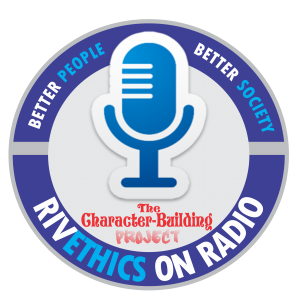
Greetings to the loving people of Rivers State. This is another episode of Rivethics on Radio, our character-building weekend show. I am glad to welcome you to this episode. Please remember that our children are our treasure. Investing time and resources in them is service to God and humanity. This episode is in commemoration of the World Day Against Child Labour, which comes up on June 12 every year.
The Sustainable Development Goals (SDGs), adopted by world leaders in 2015, include a renewed global commitment to ending child labour. Specifically, target 8.7 of the Sustainable Development Goals calls on the global community to: “Take immediate and effective measures to eradicate forced labour, end modern slavery and human trafficking and secure the prohibition and elimination of the worst forms of child labour, including recruitment and use of child soldiers, and by 2025 end child labour in all its forms.
Whereas getting children to carry out household chores and other self-improvement work (like holiday jobs), is a normal part of their growth path towards adulthood. However, labour that jeopardizes the physical, mental or moral well-being of a child or exposes the child to health hazards belong to the prohibited category of child labour which is seriously frowned against by the laws of most countries and by international law.
Of the estimated 152 million child labourers, it is believed that almost half — 73 million— are being forced to work in dangerous conditions in factories, mines or with pesticides, for example. Globally over 1.5 billion people live in countries that are affected by conflict, and 200 million people are affected by natural disasters every year. When people are facing economic hardship and high level of unemployment, families, and their children, are forced further into poverty and need to do any work they can find, no matter how difficult, dangerous or badly paid. Some of the disturbing statistics are as follows:
• Worldwide 218 million children between 5 and 17 years are in employment.
• Among them, 152 million are victims of child labour; and almost half of them, 73 million, work in hazardous child labour.
• In terms of prevalence, 1 in 5 children in Africa (19.6%) are in child labour.
• Almost half of all 152 million children victims of child labour are aged 5-11 years.
• 42 million (28%) are 12-14 years old; and 37 million (24%) are 15-17 years old.
• Among 152 million children in child labour, 88 million are boys and 64 million are girls.
Child labour could mean a truncated future for most of the victims. In majority of cases, it leads to frustrations, depression, suicide, crime, vices, drug abuse, prostitution, disease, HIV/AIDS, etc. The world must always look out for our children, the leaders of tomorrow.
Let us pay close attention as our guest speaker, Mr. Ewulum Hansel, takes us through the topic. He is a distinguished legal practitioner and Principal Officer, Legal Aid Council, Rivers State.
Our wonderful Rivers People, please remember to always let your manners speak for you.
God bless and keep you and your families and God bless Rivers State.
Her Excellency, Justice (Mrs.) Eberechi Suzzette Nyesom-Wike, The Wife of the Governor of Rivers State and Initiator of the RivEthics Social Development Programme
You can also listen to and download the Pidgin English version of this Episode below
